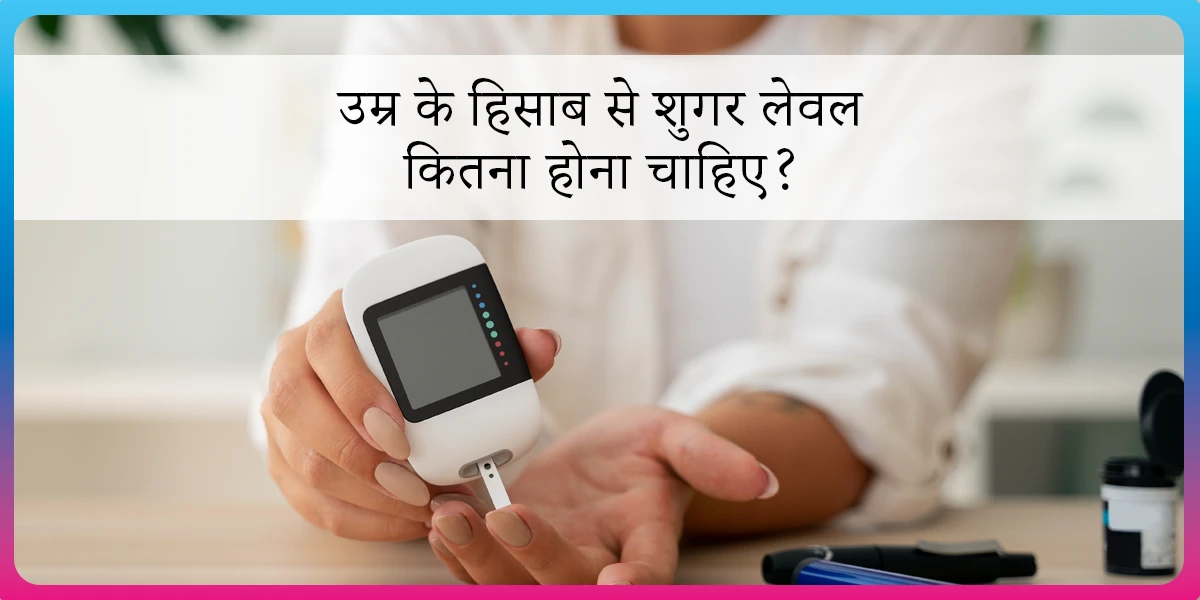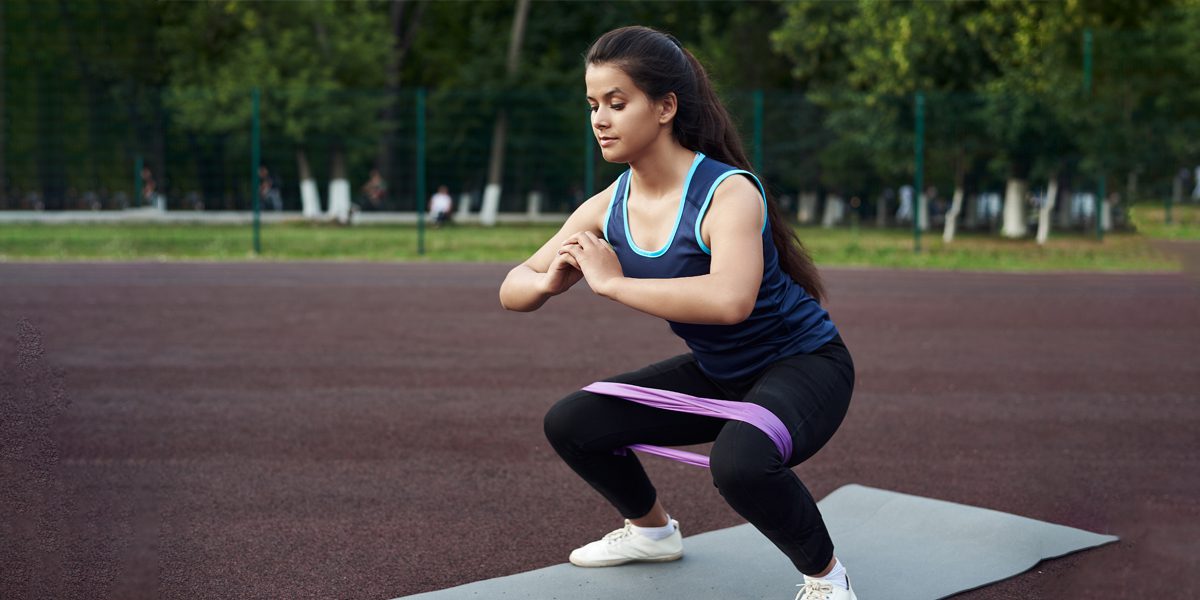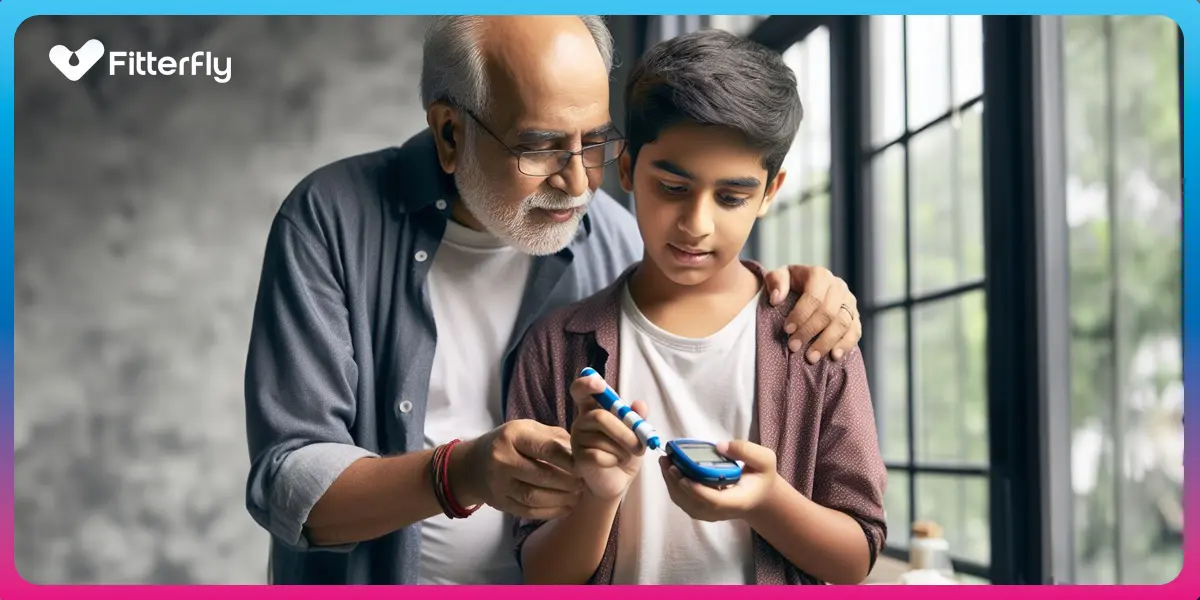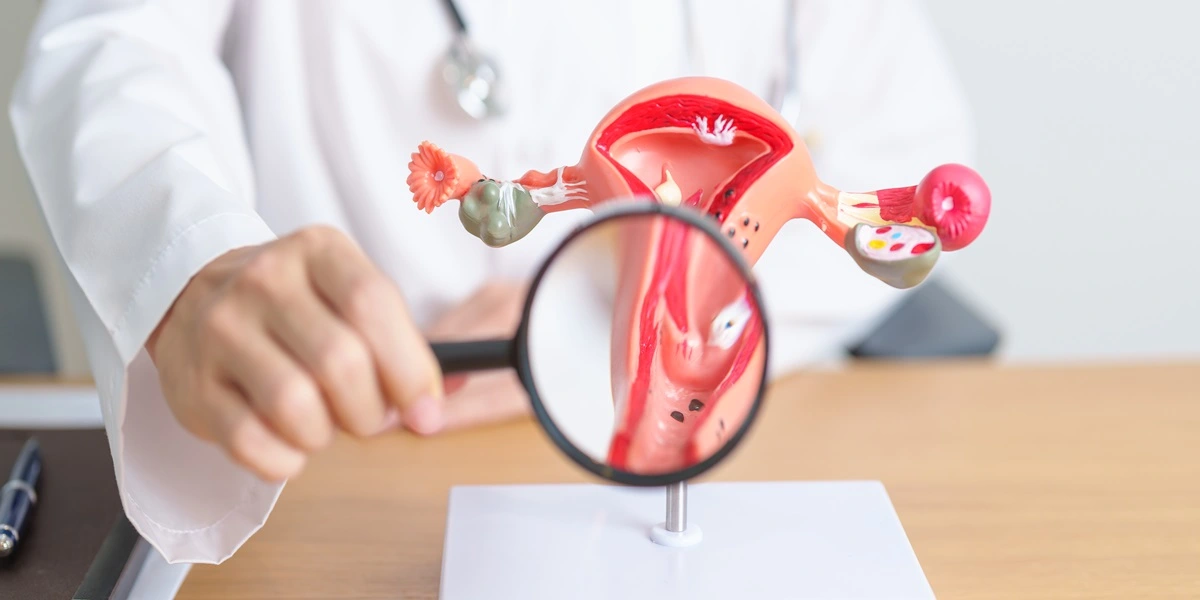Does Having Diabetes Mean I Have to Give Up My Favourite Foods?

Let’s get one thing straight – there’s nothing called as a ‘diabetes diet’
Diet is one of the fundamental aspects of diabetes management – as you probably already know. This, however, doesn’t mean that you have to give up the food you love and eat boring, bland food.
While the principles of healthy eating are the same for everyone, as a person with diabetes, you need to watch your carbohydrate intake. Again, this does not entail that give up carbohydrates entirely – it is one of the 3 main macronutrients along with proteins and fats, and your body needs it. You only need to choose better, healthier carbs.
Pick carbs that are rich in fibre instead of starchy carbs that instantly spike your blood sugar levels. Add as many colourful vegetables to your meals as possible. A useful tip is to reduce the amount of rice/ chapati and have more vegetables.
Increase the amount of proteins you eat and control your oil consumption. Give trans-fat foods a miss. And make it a habit to read food labels to check the amount of ‘carbs’ and hidden sugars’ in ‘diabetes-friendly foods’. Let not fancy ads mislead you.
Be mindful when you’re eating – eat till your stomach is about 80% full – don’t stuff yourself. Compensate your meals with exercise to burn off the calories. Going for a 10-minute walk before or after your meals is an excellent way to keep your blood sugar levels under control. Just make sure that there’s a slight gap between the meal and the walk.
Expecting someone to give up the food they have eaten all their lives is impractical. People struggle to follow strict diets, and it is the reason why most don’t stick with it.
Instead, try these hacks that will allow you to eat what you love without feeling guilty:
- Change the way it is cooked: Baked, shallow or air fried foods are healthier than deep-fried ones.
- Make it at home: The trick to enjoy junk food is to make healthier varieties of the same at home. For example, the roadside sandwiches can be made at home with whole-grain bread, extra vegetables, less butter and cheese. Or pani puri and chaat can be made at home with baked puris, sprouts, unpeeled potatoes (as they are high in fibre). Frankies and rolls can be made with whole multigrain chapati and added veggies to make them wholesome.
- Substitute the main ingredient with a healthier alternative: Brown rice instead of white rice, vegetable or whole-grain pasta instead of white pasta, whole-grain bread instead of white bread, sweet potatoes instead of white potatoes or even chapatis and bhakris made with ragi/ jowar/ whole multigrain over wheat flour are good ideas too.
- Control your portion sizes: It is okay to have a cheat meal if you learn to control how much you eat and balance the rest of the meals of the day with healthy foods.
- Reduce the frequency: One cheat meal a week or once every 15 days is okay – make sure to remember point number 4 while planning your day out.
Be smart with your orders: While eating out, order salads, clear soups instead of creamy soups, tandoori starters instead of fried ones, buttermilk or lime water instead of soda.
This blog provides general information for educational and informational purposes only and shouldn't be seen as professional advice.
without medicines!
Fitterfly's Diabetes Prime Program
clinical term for Diabetes Reversal















